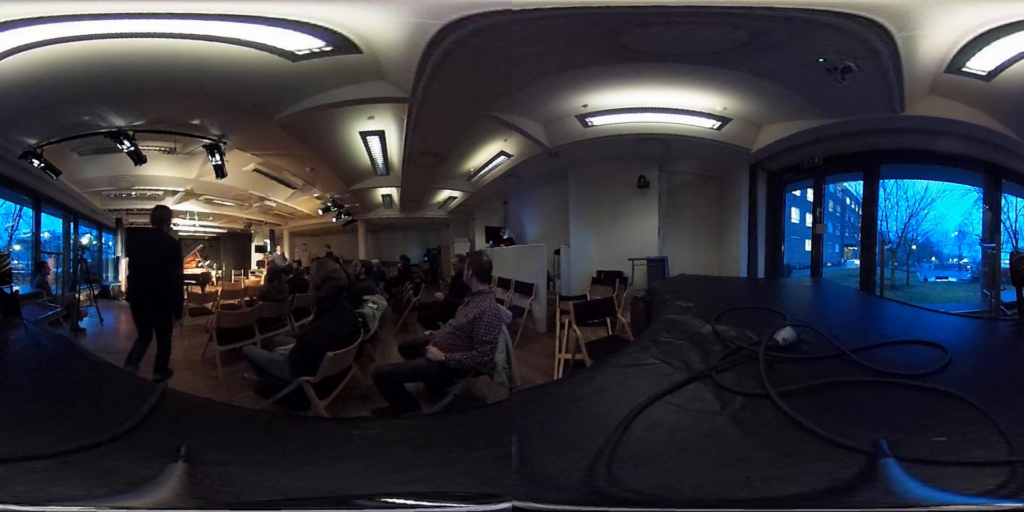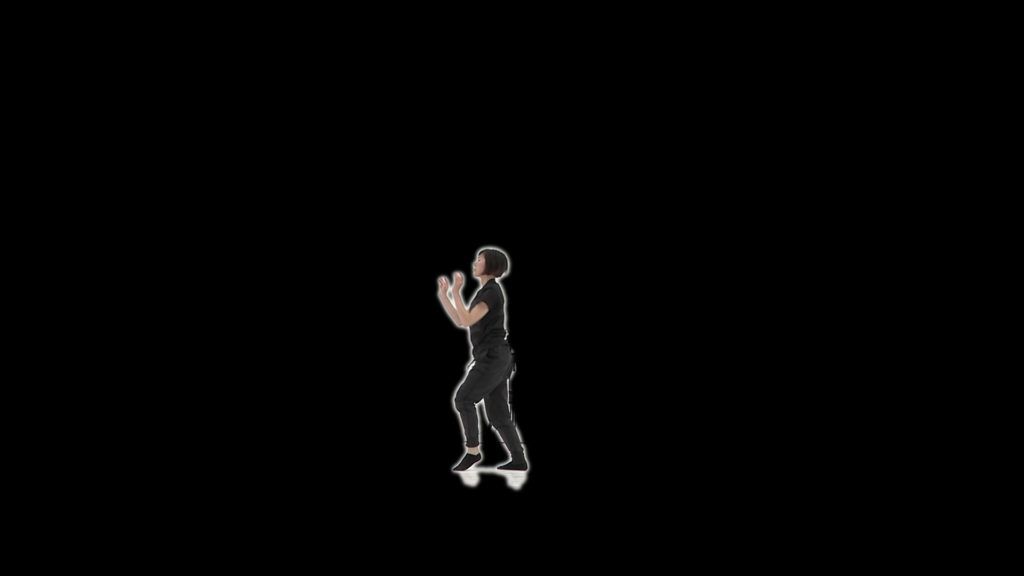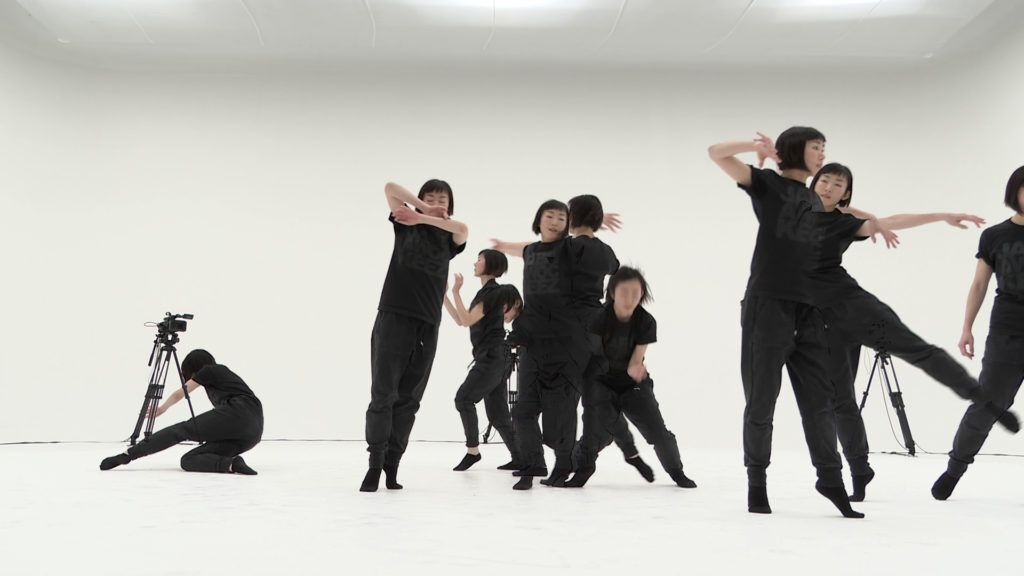
Flattening Ricoh Theta 360-degree videos using FFmpeg
I am continuing my explorations of the great terminal-based video tool FFmpeg. Now I wanted to see if I could “flatten” a 360-degree video recorded with a Ricoh Theta camera. These cameras contain two fisheye lenses, capturing two 180-degree videos next to each other. This results in video files like the one I show a screenshot of below. These files are not very useful to watch or work with, so we need to somehow “flatten” them into a more meaningful video file....

